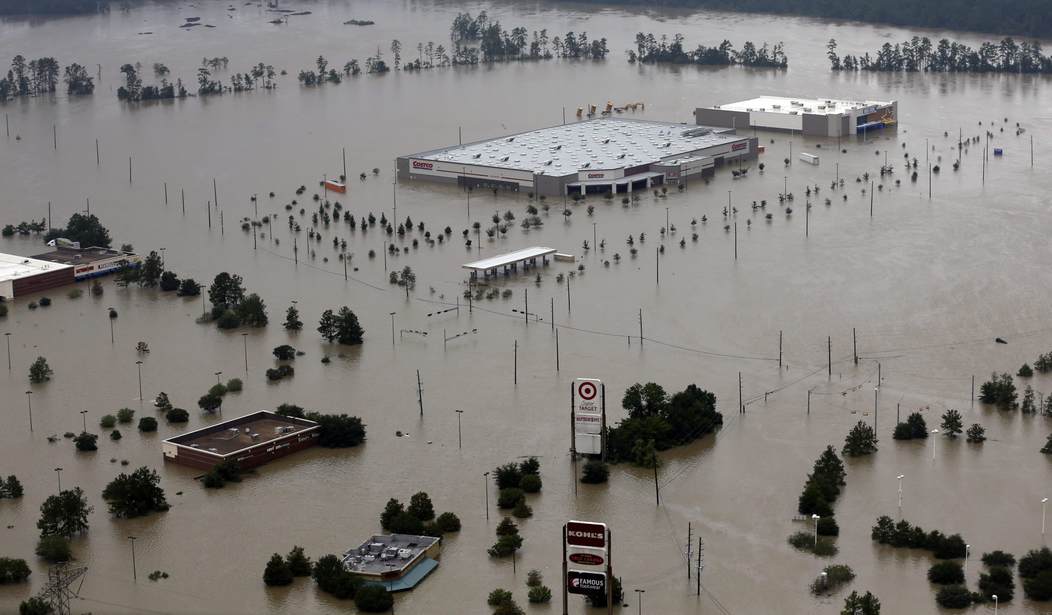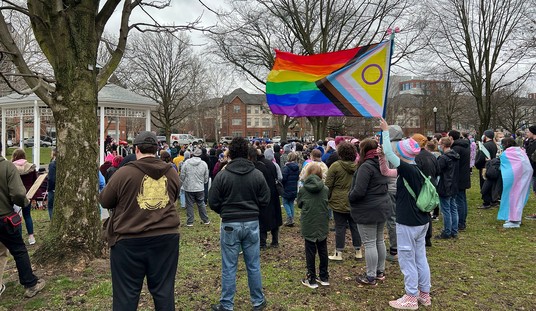Organizations that represent drone industry interests are backing the FAA in trying to keep people in areas affected by Hurricane Harvey from sending their unmanned aircraft skyward, warning that they’re hampering emergency crews.
Others are arguing that drones would help recovery efforts by acting as a force multiplier to spot and map residents in need, deliver supplies and more.
The Texas Military Department posted on their Facebook page Saturday: “We are seeing civilian drones that pose EXTREME risks to our rescue pilots and crews in high need areas.”
The Federal Aviation Administration has issued a number of notices along the path of Hurricane Harvey, extending into Louisiana, noting that unmanned aircraft operators should avoid flying unless they’re operating on a pre-approved disaster relief and recovery mission.
“The FAA warns drone operators that flying an unauthorized drone could interfere with local, state and federal rescue and recovery missions. You could be subject to significant fines if you interfere with emergency response operations,” the FAA said today. “Flying a drone without authorization in or near the disaster area may violate federal, state, or local laws and ordinances, even if a TFR is not in place. Allow first responders to save lives and property without interference.”
Temporary Flight Restrictions (TFRs) have been issued for a 100-nautical-mile radius around Houston through Sept. 5 and a 10-nautical-mile radius around Rosenberg, Texas, through Sept. 30, grounding both hobbyists and commercial unmanned aircraft operations.
Today, the Academy of Model Aeronautics (AMA) said all drone hobbyists should “stay clear of Hurricane Harvey emergency response efforts in south Texas, including air ambulances and search-and-rescue operations.”
“The ongoing emergency response efforts are of the utmost importance. We urge everyone to be careful and avoid interference with any of these crucial operations,” AMA president Rich Hanson said in a statement. “UAS can be a helpful tool during disaster relief. However, unless you are supporting relief efforts, please stay clear and allow the professionals to do their important work.”
Many of the aerial shots of flooded city blocks and highways after Hurricane Harvey chugged through have come from drone footage. Insurers are planning to use drones to survey damage, with Allstate spokesman Justin Herndon telling Slate that it “will be the widest scale event that we’ve used drones for to date” using thousands of flights per week. Telecom companies will also be using drones to survey infrastructure such as cell phone towers.
Last week, the Association for Unmanned Vehicle Systems International (AUVSI) and the National Council on Public Safety UAS (NCPSU) announced a joint effort to encourage public safety agencies to use more drones.
“The public safety community was an early adopter of drone technology and understands the many benefits it provides to our nation’s first responders,” said Brian Wynne, president and CEO of AUVSI. “Together, AUVSI and the National Council on Public Safety UAS will provide opportunities for the public safety community and the UAS industry to share ideas on creating tools and applications for police, firefighters, and other professionals who help ensure our safety and protection.”
AUVSI tweeted out the FAA warnings on drone users operating in hurricane zones.








Join the conversation as a VIP Member